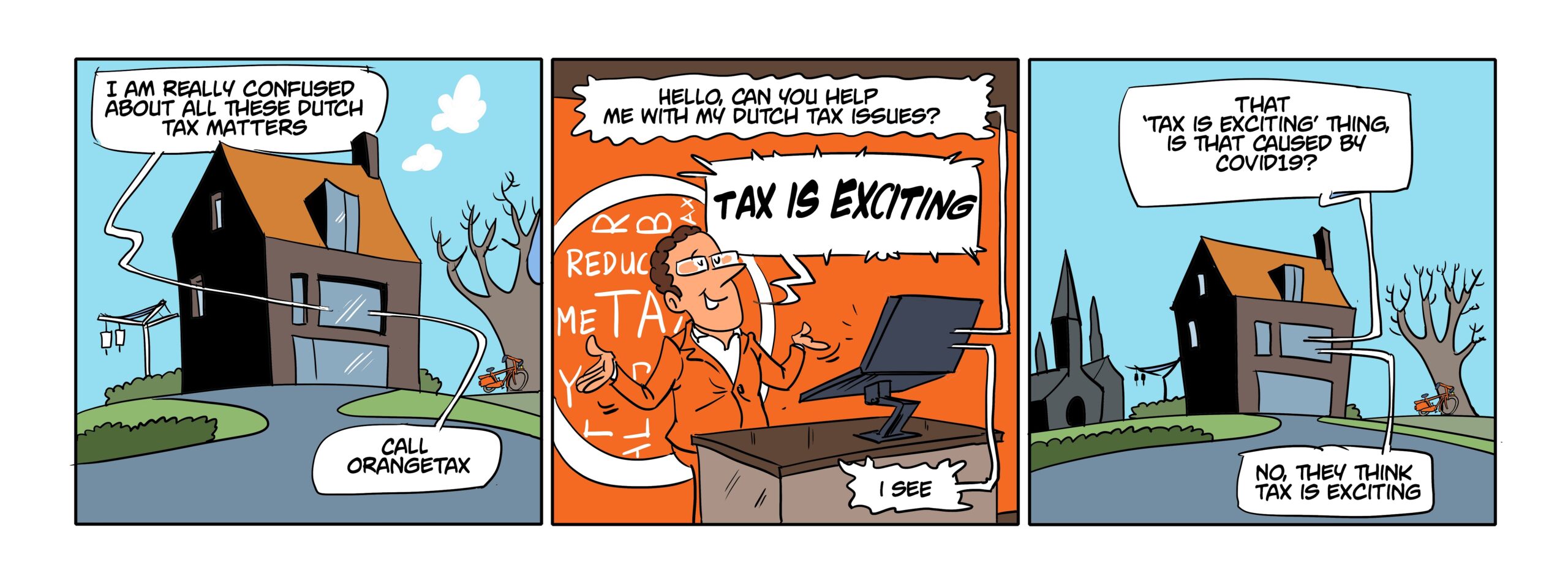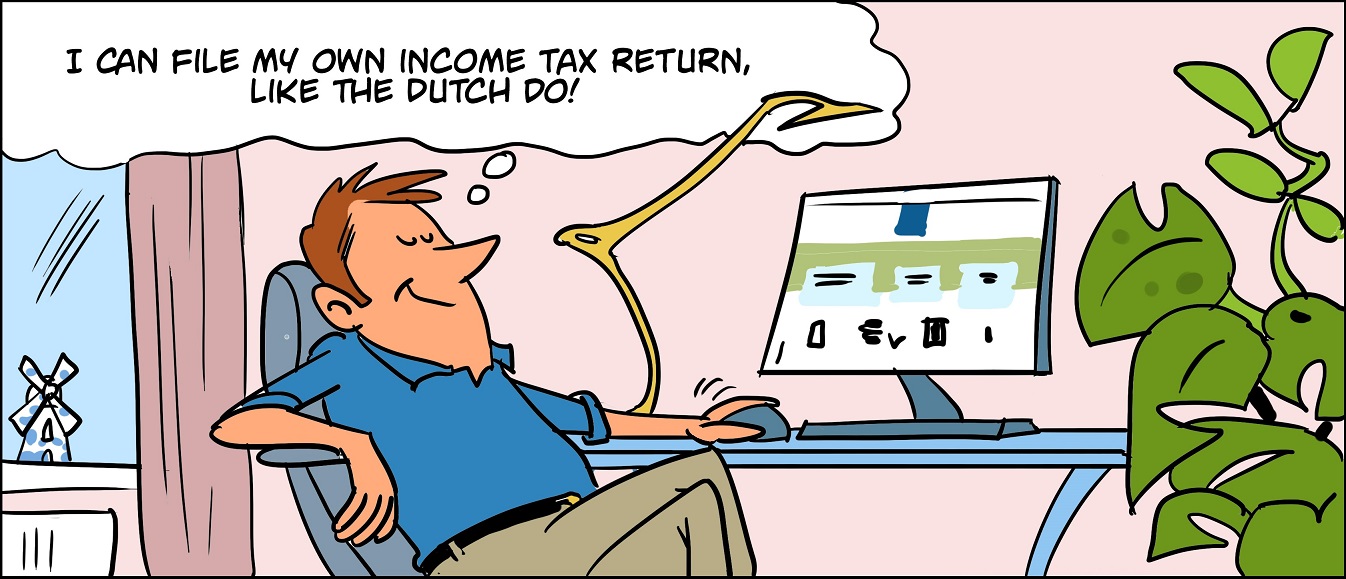Starting a business as a BV company is often advised to be done in a holding structure. A holding structure implies that the natural person incorporator of the first BV company has that BV company incorporate another BV company. The first BV company is referred to as holding company and the second BV as working company. Why is that?
The reason for this structure is to be able to benefit from the participation exemption when the situation occurs. The situation applicable in this case is transfer of the shares or payment of dividend.
You create a business and it turns out you created a booming business. So booming other companies knock on your door to purchase the company. If you have only one BV company, then the profit made during the sale of the shares is taxed with corporate income tax (20%-25% corporate income tax). After the transaction you have the net amount in your bank account.
If you would have had the holding structure, the holding BV company would have received the gross amount of the sale and this amount would not have been taxed, due to the participation exemption rule. The advantage is that you can reinvest the full amount in new business. In other words, you are in control when tax will be due.
In case you do not sell the company but the working company makes so much profit you would like to pay a dividend to the holding company, then this is also done tax free (no dividend withholding tax) based on the participation exemption. A dividend withholding tax return is nevertheless due, and due within one month from the moment the shareholders decision to pay the dividend has been made.
Not all situations need a holding structure. If you have a business that is based on your personal capacity, something that cannot be sold, too much personal goodwill. In that case you cannot benefit from the participation rule and then it is rather costly to have a holding structure. A holding structure implies double accounting costs. Please contact us if you would like to learn more about the participation exemption.





